Is the “purple peel exploit” legit? Get science-backed answers, FDA & FTC red-flag checklist, Maqui berry benefits, plus safe ways to use it at home.
What Is the Purple Peel Exploit? Review, Risks & Real Alternatives
If you spend any time on social media, you’ve probably seen it: the “purple peel exploit” promising jaw-dropping weight loss with a mysterious fruit extract. As a recipe developer who gets excited about what real food can do, my curiosity was piqued. But I also know — from both my kitchen and my inbox — that if something sounds too good to be true, it usually is. So, I put on my detective hat, brewed a cup of tea, and decided to dig into the truth behind this trending claim.
Let’s be clear from the start: the purple peel exploit is not a kitchen recipe or some ancient ingredient secret. It’s a marketing term tied to a supplement called Mitolyn, which claims to reset your mitochondria, torch fat fast, and give you more energy — all thanks to something called the purple peel. In this investigation, we’ll unpack where that term comes from, what science (if any) supports it, and how you can get the real benefits of purple peel fruit at home — no mystery powders required.
We’ll also look at how the purple peel exploit diet blew up on TikTok, why scam experts are popping up left and right, and what the FTC and FDA say about these kinds of weight-loss claims. And because I know many of you are here for safe, natural food ideas, we’ll finish with two delicious, legit ways to use maqui berry purple peel in your own kitchen.
This content is for informational and culinary purposes only and is not medical advice. Consult a licensed health professional before trying any supplement or weight-loss program.
Why TikTok Is Obsessed With the Purple Peel Exploit for Weight Loss ?
It started with a reel — or maybe ten of them.
Between April and June 2025, TikTok saw a sharp spike in videos promoting something called the purple peel exploit for weight loss. You’ve probably scrolled past at least one: someone in leggings holding a purple drink, swearing they “shed 10 pounds without changing anything.” The videos usually feature an aesthetic kitchen, a mysterious purple bottle, and the same catchy phrase: “This purple peel exploit burns fat while you sleep.”
At the heart of the trend is a supplement called Mitolyn, which claims to activate a mitochondrial “reset” using a fruit extract from the purple maqui berry peel. The term “exploit” is framed as a shortcut — something the “weight loss industry doesn’t want you to know.”
But here’s the thing: virality doesn’t equal validity.
The Buzz vs. the Backlash
While social media pushed Mitolyn to center stage, consumer watchdogs were already raising eyebrows. In April 2025, GlobeNewswire published a report detailing multiple fake testimonials, copy-paste product listings, and refund complaints around Mitolyn’s sales model. Several influencers admitted to being paid for reviews without disclosing sponsorship — a big red flag under FTC guidelines.
Shortly after, Yahoo Finance published a deeper dive, questioning Mitolyn’s sourcing transparency, third-party testing, and claims that it could “activate mitochondrial cleansing pathways” without exercise or diet changes. The article called it “a classic example of biotech language being used to sell basic antioxidant pills.”
Still, the hype continues. That’s why it’s more important than ever to understand what the purple peel exploit really is — and how to spot what’s marketing spin versus real nutritional value.
Purple Peel Exploit Meaning: Marketing Term or Real Super-Food?
Let’s break this down, because the name alone — purple peel exploit — sounds like something halfway between a smoothie and a sci-fi plot twist.
Here’s the truth: there’s no official diet plan, no cooking technique, and no clinical treatment called the purple peel exploit. It’s a marketing slogan, not a medical term or culinary practice. And it’s been crafted to sound like a hidden loophole — like you’re “outsmarting” your body’s fat stores by unlocking some secret fruit enzyme.
In reality, the phrase simply refers to supplements that include purple maqui berry peel extract, most commonly sold under brand names like Mitolyn. These supplements claim to harness antioxidants to help “reset mitochondria,” which supposedly leads to fat-burning, clearer skin, and better energy. But the term “exploit” is a red flag in itself.
So What Does “Exploit” Even Mean Here?
In tech or gaming, an exploit is a shortcut — often one that manipulates a system. Applied to food or wellness, it suggests there’s a “trick” to bypass normal effort. It sounds edgy, maybe even exciting. But as the Federal Trade Commission explains, phrases like these are often used to distract from the lack of scientific backing.
And the ads don’t stop at clever wording. Many run through what’s known as a scam funnel — a system that leads users from social media posts to misleading articles, to sales pages with invented experts and fake credentials.
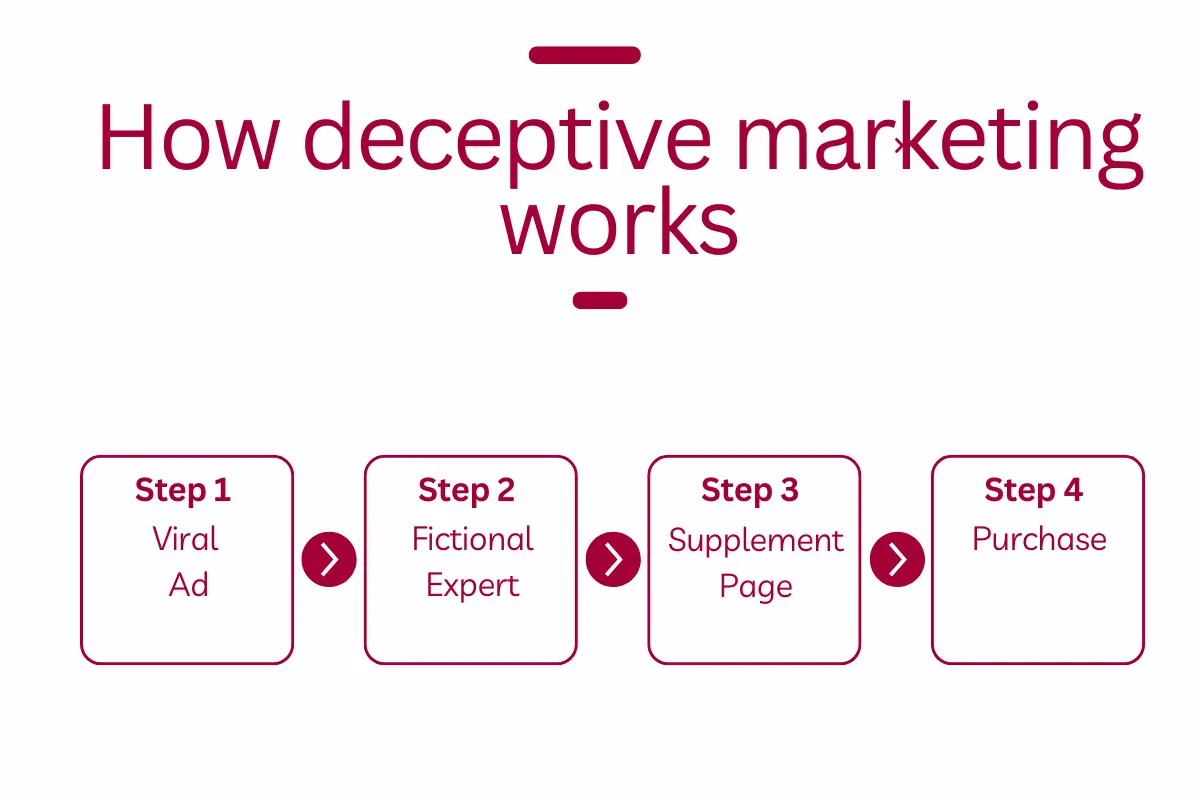
Fictional Experts, Fake Clinics, and Stock Photos
Names like “Dr. Andrew Lambert” and “Dr. Peter Newman” have popped up in these purple peel ads, sometimes quoted in supposed health blogs or shown in lab coats. But a quick search reveals these “doctors” don’t exist — and the photos used are often from stock image sites.
That’s not just shady — it’s explicitly listed as a red flag in the FTC’s guide for spotting false weight-loss claims in media. According to the FTC, when ads use unverifiable credentials or generic medical language (“clinically tested,” “doctor-approved”) without clear sourcing, you should pause.
And as a food writer who’s watched plenty of trends come and go, I’ll be honest: this one has all the signs of being more flash than fact.
Does the Purple Peel Exploit Work? Mitochondria Claims vs. Science
The big selling point behind the purple peel exploit is that it helps “reset your mitochondria” — your body’s energy factories — to burn fat faster. Mitolyn and similar supplements claim that a daily dose of maqui berry peel extract can stimulate fat loss, reduce inflammation, and even reverse signs of aging.
But let’s slow down for a second and ask the most important question: Does any of this hold up in real human research?
Spoiler: It’s complicated.
What the “Mitochondrial Reset” Claim Really Means
On paper, the idea sounds promising. Mitochondria do play a role in metabolism, and antioxidant-rich foods can support overall cellular health. But calling it a “reset” is more marketing magic than medical reality.
According to a 2025 PubMed randomized controlled trial on oxidative markers, maqui berry extract did show measurable reductions in oxidative stress. However, the study involved specific doses, measured conditions, and a limited participant group — not a one-size-fits-all powder or pill.
And when we zoom out? There’s no large-scale evidence showing that maqui peel alone causes significant weight loss in humans without lifestyle changes. The National Institutes of Health backs this up in their bioavailability study on anthocyanins, which showed limited absorption and variable effects across individuals.
Antioxidants: Helpful, But Not Magic
Purple maqui berries are genuinely powerful — they’re packed with anthocyanins, the same pigment compounds that give blueberries and red cabbage their vibrant color. These compounds have been studied for their antioxidant, anti-inflammatory, and even UV-protective properties.
But calling it an exploit makes it sound like you’re hacking your biology, and that’s just not how real nutrition works.
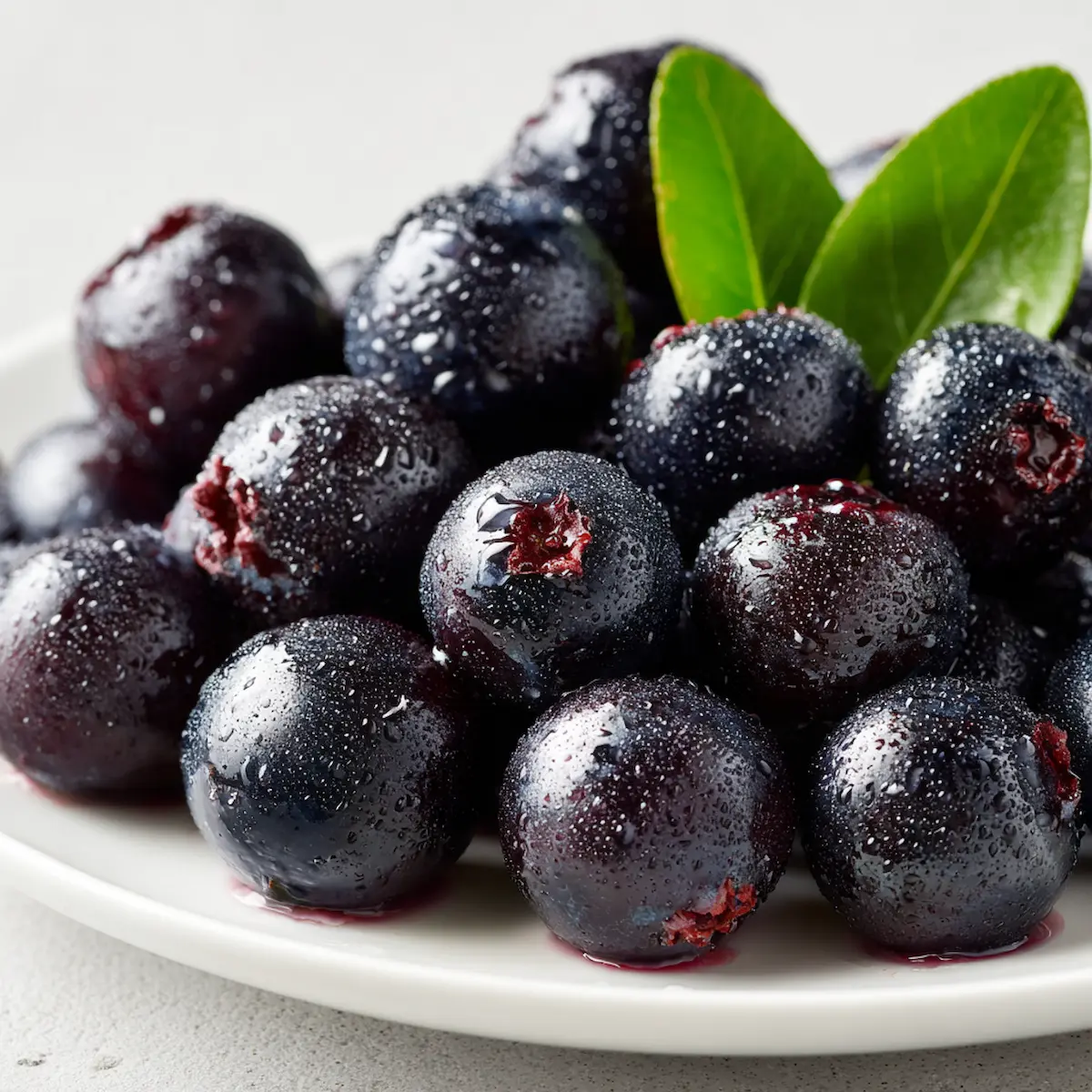
What Research Really Shows About Maqui Berry Purple Peel
Let’s give credit where it’s due: maqui berry purple peel does have legitimate benefits. A 2024 PubMed analysis of anthocyanin profiles found high antioxidant activity in maqui skins — more than many other berries.
In lab studies, such as one published in PMC’s fibroblast UV damage study, maqui extract helped reduce cellular stress under UV exposure. While that’s exciting for skin and general health, it’s still a long leap from “burns belly fat while you sleep.”
In other words: Maqui is a great fruit. The extract might offer some support as part of a healthy routine. But the purple peel exploit? It’s a catchy phrase — not a proven shortcut to weight loss.
Purple Peel Fruit Benefits You Can Trust (Without the Hype)
Now that we’ve peeled away the marketing (pun intended), let’s talk about what actually makes purple maqui berry special — no gimmicks, no outrageous promises, just the real, food-based perks.
Maqui berries come from the Patagonia region of Chile and Argentina. Their deep purple hue comes from anthocyanins — powerful plant compounds that give many berries their antioxidant strength. But maqui’s anthocyanin content? It’s among the highest of any known berry.
That’s worth paying attention to. Not because it “exploits” your metabolism — but because it offers legitimate support for your overall health.
1. Anti-Inflammatory Power
Ongoing low-grade inflammation is a root cause of many chronic diseases, including heart issues, obesity, and even some autoimmune conditions. According to Harvard’s School of Public Health, berries — including maqui — can help reduce inflammation thanks to their polyphenols and fiber.
Adding a teaspoon of maqui powder to your morning smoothie isn’t going to reverse inflammation overnight, but it can be part of a balanced, anti-inflammatory diet — especially when paired with whole grains, leafy greens, and healthy fats.
2. Heart Health Support
In a Harvard Health article, regular intake of anthocyanin-rich foods was linked to lower blood pressure and a reduced risk of heart attacks. Maqui berries haven’t been studied as extensively as blueberries or strawberries in this area, but their anthocyanin profile is even stronger.
Translation: eating the fruit (or using culinary-grade powder) can support your cardiovascular system, especially when it replaces more processed ingredients in your diet.
3. Antioxidants That Actually Work
Maqui berries are rich in delphinidins, a type of anthocyanin with high antioxidant activity. According to the Harvard phytonutrient guide, pigments like these help protect your cells from oxidative stress — the kind that leads to premature aging, brain fog, and chronic fatigue.
But here’s the catch: your body can only absorb so much. That’s why regular, real food use — like smoothies, yogurt bowls, or even energy bites — is more sustainable (and more delicious) than any miracle pill.
Red-Flag Checklist: Spotting a Purple Peel Scam
Let’s be honest — if you’ve ever clicked on a “one weird fruit melts fat” ad at 11 p.m. while folding laundry, you’re not alone. These promotions are designed to target tired, overwhelmed, hopeful people. And the “purple peel exploit” campaign? It checks nearly every box in the FTC’s list of classic scam signals.
So how can you tell if a weight-loss claim is shady before you spend a dime?
Here’s a simple, research-backed way to protect yourself.
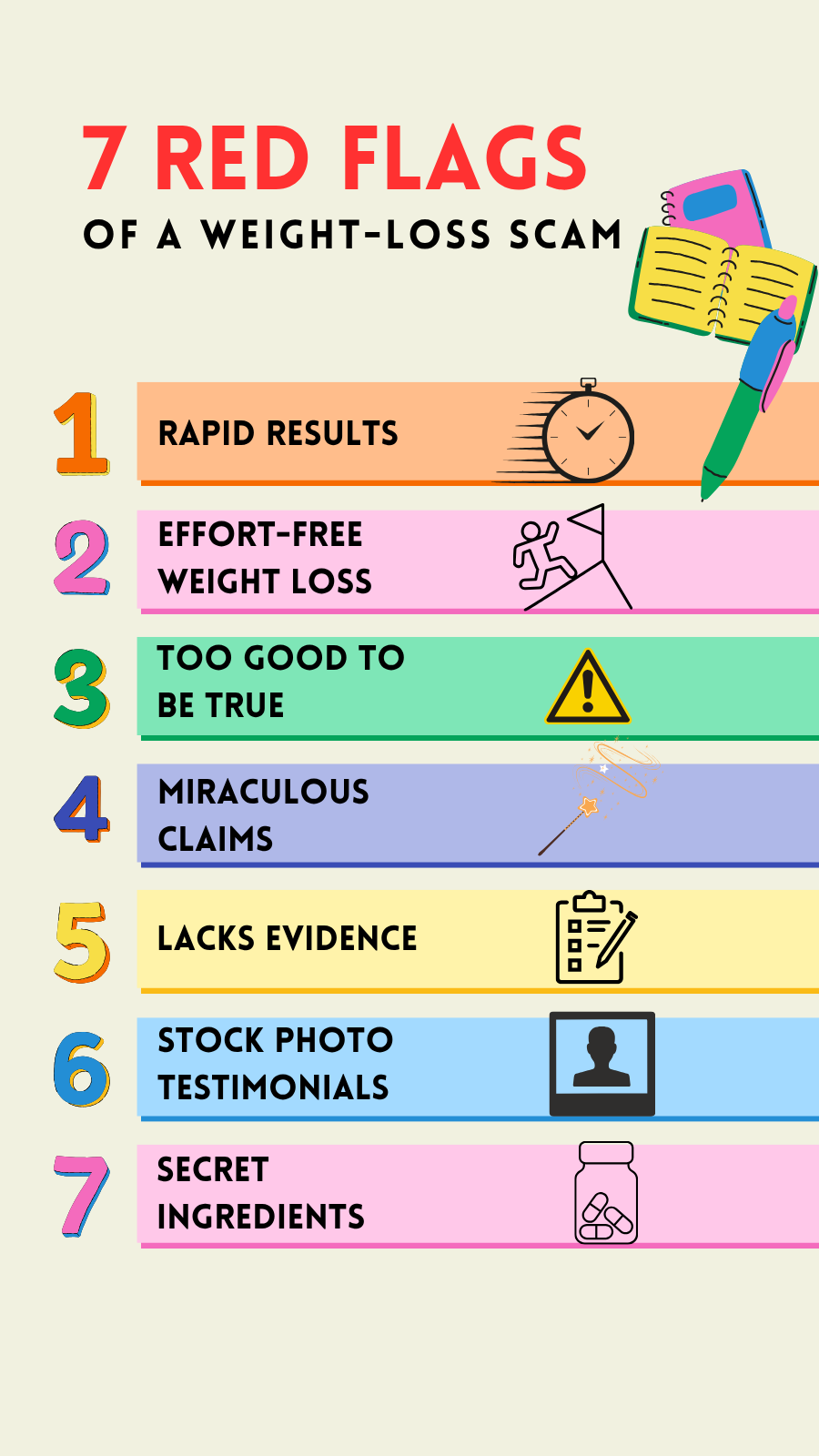
🛑 FTC “Gut-Check” Guide – 7 Red Flags to Watch For:
- Claims you can lose weight without diet or exercise If they say “eat whatever you want and still lose weight,” it’s a lie. Source
- Promises rapid results (e.g., “10 pounds in 7 days”) Healthy weight loss is gradual — about 1–2 pounds per week. Faster usually means fraud.
- Says it works for everyone No supplement works the same for every body. Universal claims are false claims.
- Uses phrases like “miracle,” “breakthrough,” or “secret” These trigger words are emotional bait — not evidence.
- Features fake medical endorsements or made-up doctors Like the “Dr. Peter Newman” and “Andrew Lambert” claims in purple peel exploit ads.
- Relies on stock photos or testimonials without details “Rachel M. from Ohio” with no photo source? That’s a red flag.
- Doesn’t list side effects or health warnings Legit supplements always include caution notes. No warnings = no trust.
These warning signs aren’t just gut feelings — they’re straight from the Federal Trade Commission and the FDA’s tainted supplements list, both of which monitor this space constantly.
📢 Suspicious ad? Report it here → https://reportfraud.ftc.gov
Safe Ways to Get the Power of Purple Peel at Home
If the purple peel exploit marketing left a bad taste in your mouth, here’s some good news: you can still enjoy the real benefits of maqui berry — safely, naturally, and deliciously — right at home. No sketchy pills or “miracle” powders required.
The key is to stick with culinary-grade maqui powder made from real, freeze-dried berries. Look for products that are third-party tested, unsweetened, and labeled as food-grade — not as dietary supplements with unverified claims.
What Makes It Safe?
Culinary-grade maqui powder is generally recognized as safe when used in small, food-based amounts. Think smoothies, breakfast bowls, or even stirring a pinch into yogurt. According to the World Health Organization’s healthy diet guidance, incorporating naturally colorful, antioxidant-rich foods into your diet is one of the best ways to support long-term wellness — without chasing quick fixes.
Unlike the so-called purple peel exploit diet, these methods are grounded in food, not fantasy.
Want to try it for yourself? Here are two delicious, safe recipes from my kitchen:
- Purple Peel Smoothie Recipe
A creamy, berry-packed blend that satisfies your sweet tooth while delivering a real antioxidant punch.
(Great for mornings when you’re short on time but still want to feel good about your choices.)
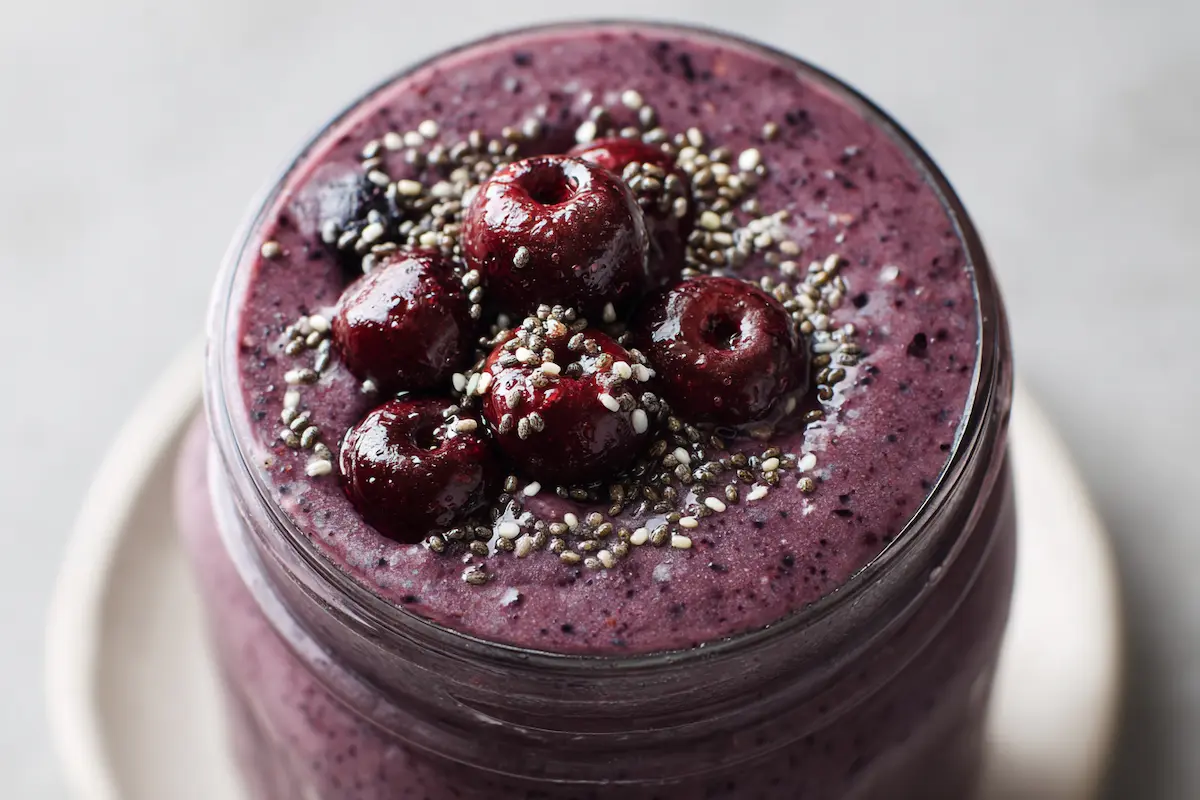
- Maqui Berry Yogurt Bowl
A colorful, feel-good snack or breakfast loaded with healthy fats, fiber, and flavor.
(This one’s a hit with my daughter Lily, who adds extra granola “just for crunch.”)
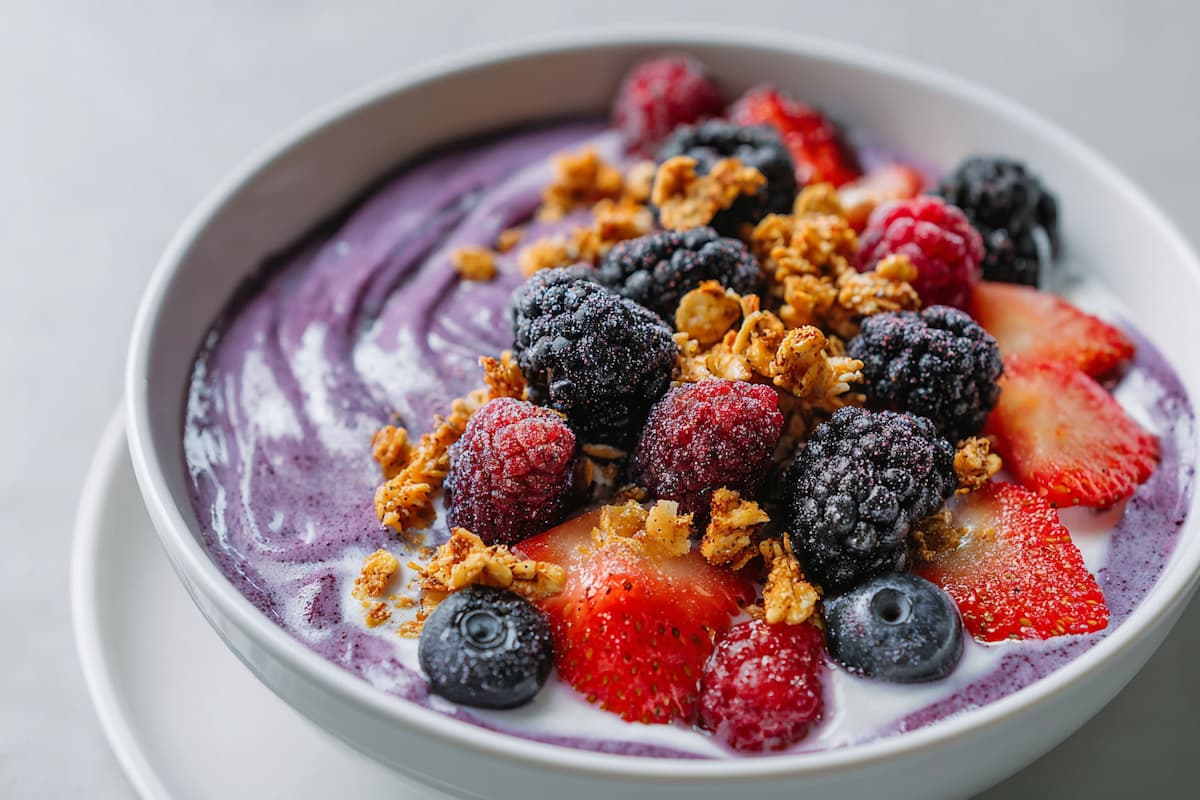
These recipes don’t promise weight loss overnight. But they do help you build a foundation of nutrition, color, and joy — which is what food is supposed to do.
FAQ – Quick Answers to “Is the Purple Peel Real?”, “Does Purple Peel Extract Work?” & More
Let’s clear up some of the most common questions people are asking about the purple peel exploit. These are quick, honest answers based on what we’ve covered — plus a few extra notes from my own research and experience.
What is the purple peel exploit for weight loss?
The purple peel exploit isn’t a real diet or a recipe. It’s a marketing term used in ads for supplements like Mitolyn. The phrase refers to using maqui berry peel extract to supposedly “reset” your mitochondria and burn fat fast. But there’s no clinical plan or expert-backed diet that goes by this name.
Does purple peel extract work?
Maqui berry extract does contain helpful antioxidants and anthocyanins, which support your cells and may reduce inflammation. But in terms of weight loss? The science doesn’t support the idea that the extract alone will cause fat loss — especially without diet or exercise changes.
Is the purple peel real?
Yes, the fruit is real. Purple maqui berries grow in parts of South America, and their skins are used to make a deep purple powder that’s rich in plant compounds. But the “exploit” part is just branding — not a real process or breakthrough.
What is purple peel at home?
At home, the simplest way to use purple peel is through culinary-grade maqui powder. It’s safe in small, food-based amounts. You can stir it into yogurt, bake it into muffins, or blend it into smoothies. Try it in my Purple Peel Smoothie or Maqui Yogurt Bowl for tasty, no-nonsense ways to enjoy the benefits.
Does the purple peel exploit diet work?
There’s no actual purple peel exploit diet. It’s just a slogan used to sell supplements. While maqui powder can be part of a nutritious eating routine, there’s no evidence that it works as a standalone fat-burning solution.
What are purple peel fruit benefits?
Purple peel fruit (maqui) offers real, food-based perks. It may help fight inflammation, protect your heart, and support overall cell health. It’s not a magic bullet, but it’s a smart way to add more phytonutrients to your plate.
Final Verdict: Purple Peel Exploit – Clever Marketing or Game-Changer?
So, after digging through the claims, science, and not-so-subtle marketing tricks, here’s my honest take:
The purple peel exploit is a clever phrase, not a proven fat-loss method. It’s built on a grain of nutritional truth — that maqui berries are rich in antioxidants — but stretches that truth into something far less grounded. From the fake doctors and viral TikToks to the “lose weight in your sleep” headlines, this trend checks nearly every box on the FTC’s scam checklist.
But that doesn’t mean you should write off maqui berries altogether. Real purple peel fruit has real benefits — just not the overnight miracle kind. When used in your everyday diet, maqui powder can support heart health, help reduce inflammation, and add natural, vibrant color to your meals.
If you’re looking to feel better in your body, the best approach is still the most balanced one: whole foods, movement you enjoy, good sleep, and kindness toward yourself along the way.
For official guidance, the World Health Organization recommends focusing on fruits, vegetables, lean proteins, and healthy fats — not shortcuts. And as a mom, food writer, and someone who’s been burned by a few “too-good-to-be-true” wellness trends myself, I’ll tell you this: slow and steady nourishment always wins.
Thanks for sticking with me through this deep dive. If you’re feeling inspired to try maqui the real-food way, my Purple Peel Smoothie and Maqui Berry Yogurt Bowl are both simple, satisfying, and full of color — no weird claims attached.
With love and antioxidant-stained fingertips,
Eva

